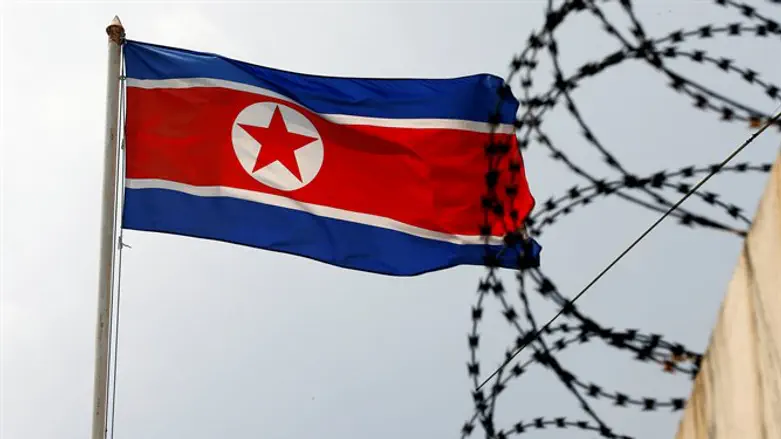
North Korea likely has the ability to produce its own missile engines and intelligence suggests it does not need to rely on imports, U.S. intelligence officials said on Tuesday, according to the Reuters news agency.
The assessment disputes a new study by the London-based International Institute for Strategic Studies that said that the engines for a nuclear missile North Korea is developing to hit the United States likely were made in factories in Ukraine or Russia and probably obtained via black market networks.
The New York Times, which cited the study on Monday, said that classified assessments by U.S. intelligence agencies mirrored the finding of the international institute.
"We have intelligence to suggest that North Korea is not reliant on imports of engines," one U.S. intelligence official told Reuters on Tuesday. "Instead, we judge they have the ability to produce the engines themselves."
The U.S. officials did not disclose any details of what underpinned the assessment on the high-performance liquid-fueled engines, called RD-250's.
Ukraine has denied that it had ever supplied defense technology to North Korea, noted Reuters.
Another U.S. intelligence official told the news agency that the modifications to the RD-250 that resulted in improved reliability may have relied in part on foreign scientists recruited by North Korea or been developed by North Koreans educated in Russia or elsewhere.
The IISS study, which coincides with tensions between Washington and Pyongyang over North Korea's nuclear weapons and missile programs, said the engines probably came from the Ukrainian Yuzhmash plant, which Ukraine says has not produced military-grade ballistic missiles since independence from the Soviet Union in 1991.
The study based its conclusions mainly on photographs published by North Korea of missile engines that it ground-tested in September and March and flight-tested on Hwasong-12 and Hwasong-14 missiles in May and July.
By comparing the engines in the photographs to others, it found that they likely were modified versions of the RD-250 produced by Yuzhmash and accounted for sudden successes in North Korean missile tests following a slew of failures.
North Korea has conducted several tests of intercontinental ballistic missiles (ICBM) in recent months. American officials estimate that Pyongyang now may be able to reach most of the continental United States.
In response to the tests, President Donald Trump last week warned North Korea that it faced "fire and fury like the world has never seen" if it continued to threaten the United States.
Unfazed by the warning, North Korea threatened a missile attack on Guam, a tiny U.S. territory in the Pacific.
On Friday, Trump tweeted that military options for a potential threat from North Korea are "fully in place," and urged Kim to de-escalate the current confrontation with Washington.
On Monday, North Korea’s official news agency reported that the country’s leader, Kim Jong Un, is holding off on attacking Guam and will watch the actions of the United States for a while longer before making a decision.